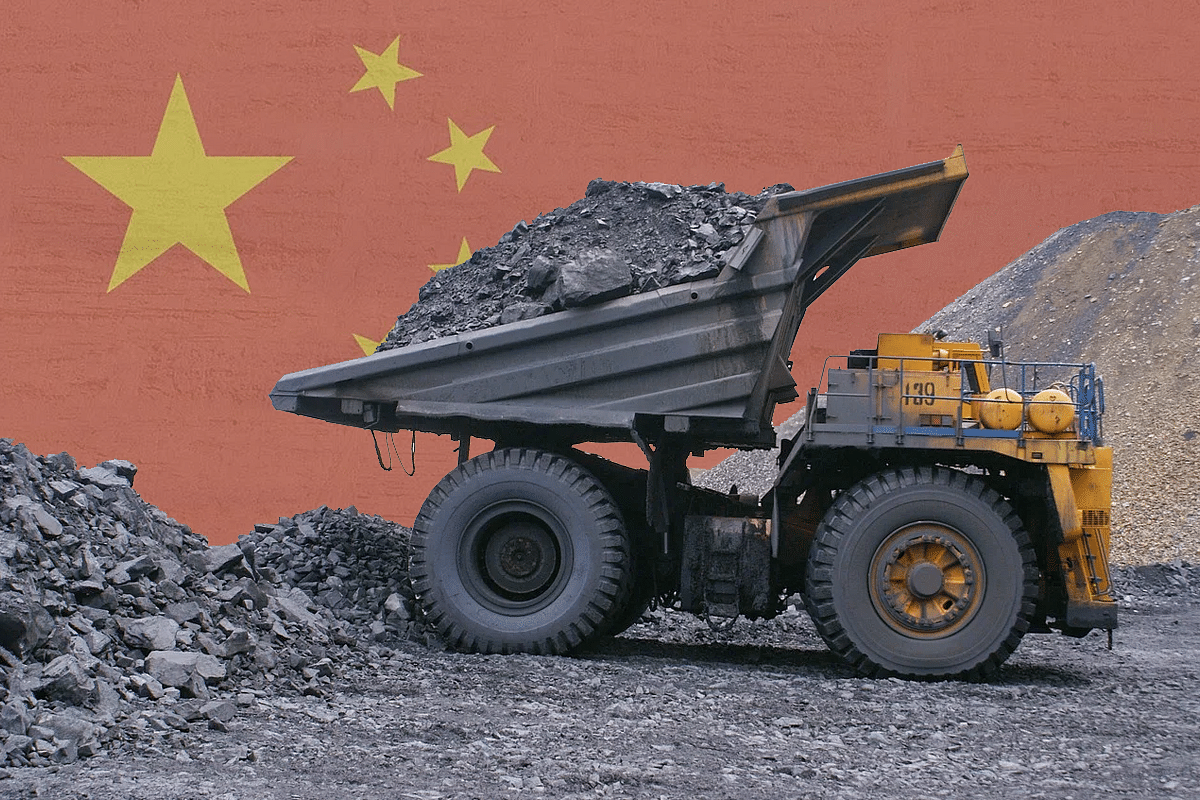News Brief
Amid China's Energy Crisis, Factory Gate Inflation Hits 26-Year High; Here Is What Analysts Think About Stagflation Risk
- Stagflation fears have been increased as producer prices have risen in tandem with faltering manufacturing activity.
- This is complicating the country's economic outlook and posing a challenge to President Xi Jinping's extensive reforms of China's business sector.

Factory gate inflation hits 26-year high amid China's energy crisis.
In October this year, China's factory-gate inflation reached a 26-year high as coal prices jumped amid a power shortage in the country's industrial heartland, further squeezing producer profit margins and raising stagflation fears.
Factory gate prices are the prices at which wholesalers purchase products from producers, excluding transportation and distribution costs.
However, according to data issued by the National Bureau of Statistics on 10 November, the official producer price index of the world’s second-biggest economy jumped 13.5 per cent from October 2020, the largest monthly gain since 1995.
As reported by Reuters, the jump above the 12.4 per cent increase predicted by Reuters' poll of analysts, and it outpaced September's 10.7 per cent increase, which was also the largest since 1995.
Consumer price — the prices paid by people for goods and services — increases also surged, but at a slower rate than factory-gate pricing. The consumer price index (CPI) increased 1.5 per cent year over year in October, compared to 0.7 per cent in September.
Stagflation fears — a term that refers to a period of low economic growth, high unemployment and high inflation — have been increased as producer prices have risen in tandem with faltering manufacturing activity, complicating the country's economic outlook and posing a challenge to President Xi Jinping's extensive reforms of China's business sector.
The country's energy problems have been exacerbated by rising commodities prices. China is dealing with rising coal costs as a result of flooding in key mining regions and the government's clean energy targets reducing output, while widespread power rationing contributed to a second monthly drop in manufacturing activity in October.
The People's Bank of China's considerations are complicated by rising pricing pressures, which may now be apprehensive of infusing monetary stimulus too rapidly for fear of fuelling inflation, even as growth in the world's second-largest economy slows.
As per the Reuters report, Zhiwei Zhang, chief economist at Pinpoint Asset Management said: "We are concerned about the pass-through from producer prices to consumer prices."
He also noted that consumer prices will likely rise faster in the coming months as businesses deal with low inventories and are compelled to pass greater expenses on to customers and said, "the risk of stagflation continues to rise".
Slowing economic growth and rising industrial inflation have fueled fears of stagflation, implying that China will have to tread carefully when it comes to relaxing monetary policy. In this case, Ting Lu, chief China economist at Nomura said, "rising CPI inflation and elevated PPI inflation reduces the probability of a PBoC policy rate cut".
According to Dong Lijuan, a senior statistician at China's National Bureau of Statistics, the October PPI increase was caused by a “tight supply of crucial domestic energy and raw materials”, reported Financial Times. Rising oil prices, which hit $85 a barrel in the United States last month, and coal costs, which hit Rmb2,301 ($360) a tonne in China, both contributed to the surge, according to Dong.
He said that production material prices grew 17.9 per cent in October compared to the same period last year, while coal mining and washing industries prices increased 103.7 per cent.
Meanwhile, Citi analysts predicted that PPI inflation was nearing its top and would not continue to rise. Analysts believe that recent initiatives to curb spiralling costs, such as coal miners' vows to slash prices and the diminishing energy crisis, will help to reduce inflationary pressures.
Support Swarajya's 50 Ground Reports Project & Sponsor A Story
Every general election Swarajya does a 50 ground reports project.
Aimed only at serious readers and those who appreciate the nuances of political undercurrents, the project provides a sense of India's electoral landscape. As you know, these reports are produced after considerable investment of travel, time and effort on the ground.
This time too we've kicked off the project in style and have covered over 30 constituencies already. If you're someone who appreciates such work and have enjoyed our coverage please consider sponsoring a ground report for just Rs 2999 to Rs 19,999 - it goes a long way in helping us produce more quality reportage.
You can also back this project by becoming a subscriber for as little as Rs 999 - so do click on this links and choose a plan that suits you and back us.
Click below to contribute.
Latest